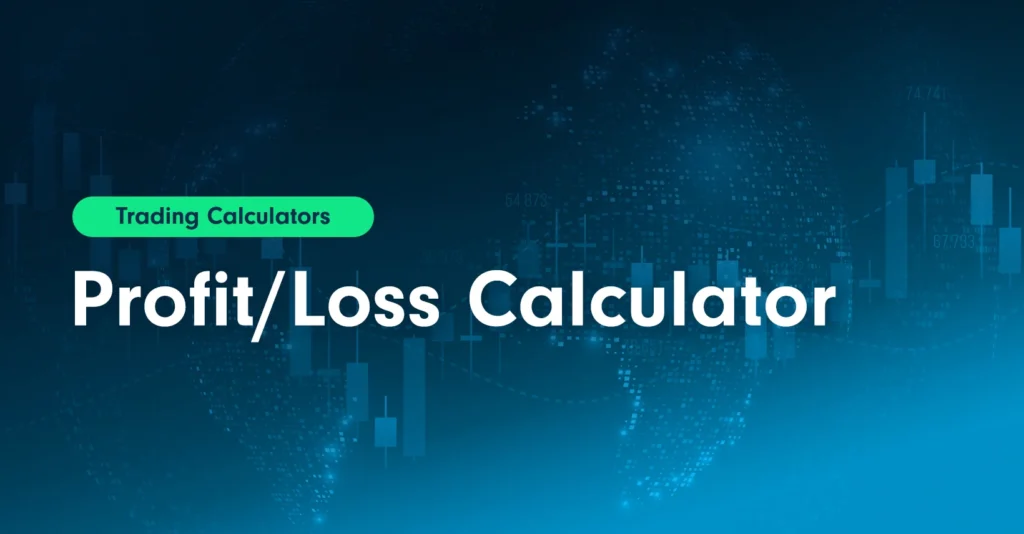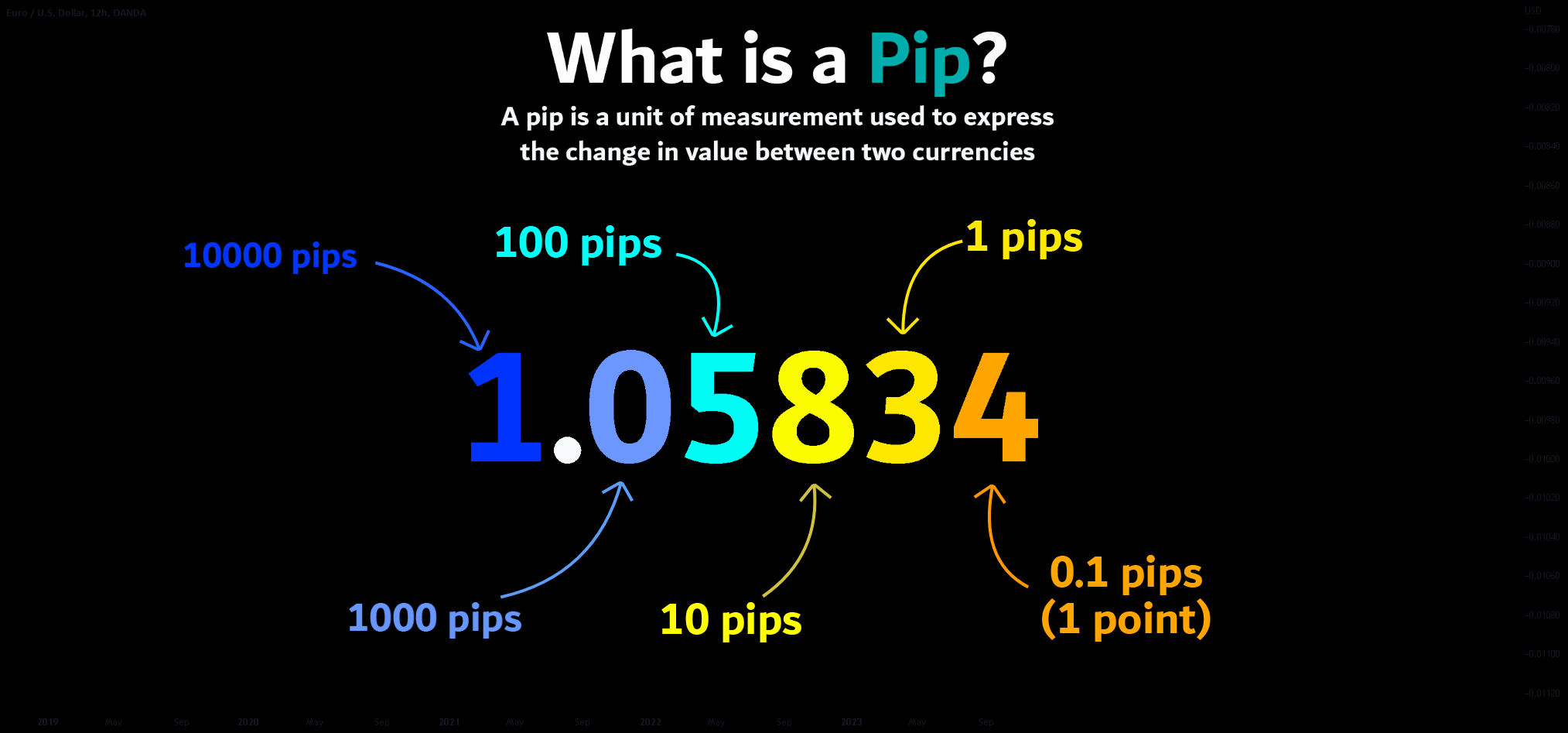How to Calculate Forex Profit and Loss: A Complete Guide
In the world of Forex (foreign exchange) trading, understanding how to calculate profit and loss is essential for any trader, whether you’re just starting out or already have some experience. This knowledge not only helps you assess your performance but also aids in making informed decisions when placing or closing trades. Let’s explore the concept in detail, including formulas, examples, and useful tips.
Understanding Forex Basics First
Before diving into the calculations, it’s important to understand a few key Forex concepts:
- Currency Pairs: Forex is traded in currency pairs like EUR/USD, USD/JPY, or GBP/USD.
- Base and Quote Currency: In a pair like EUR/USD, EUR is the base currency and USD is the quote currency. If the pair is trading at 1.2000, it means 1 EUR = 1.20 USD.
- Lot Sizes: A standard lot is 100,000 units of the base currency. Mini (10,000) and micro (1,000) lots are also common.
- Pip: The smallest price move in the exchange rate. For most currency pairs, a pip is 0.0001.
What Affects Forex Profit and Loss?
Your profit or loss depends on:
- Lot size (volume of the trade)
- Pip movement (how many pips the price has moved)
- Currency pair traded
- Whether your position is a buy (long) or a sell (short)
Formula for Calculating Profit and Loss in Forex
Here’s the basic formula to calculate profit or loss:
Profit/Loss = (Exit Price – Entry Price) × Lot Size × Pip Value
If you’re long (buy) and the price goes up, you profit. If the price goes down, you lose.
If you’re short (sell) and the price goes down, you profit. If the price goes up, you lose.
How to Calculate the Pip Value
Pip value varies depending on the lot size and the currency pair.
For pairs where USD is the quote currency (like EUR/USD):
- Standard Lot (100,000 units): 1 pip = $10
- Mini Lot (10,000 units): 1 pip = $1
- Micro Lot (1,000 units): 1 pip = $0.10
For other pairs, the pip value might need conversion based on current exchange rates.
Examples of Calculating Forex Profit and Loss
Example 1: Long Trade (EUR/USD)
- Entry Price: 1.1000
- Exit Price: 1.1050
- Lot Size: 1 standard lot (100,000 units)
- Pip Difference: 50 pips
Profit = (1.1050 – 1.1000) × 100,000 = 0.0050 × 100,000 = $500
Example 2: Short Trade (USD/JPY)
- Entry Price: 110.50
- Exit Price: 110.00
- Lot Size: 1 mini lot (10,000 units)
- Pip Difference: 50 pips
For USD/JPY, one pip = 0.01, and pip value for mini lot ≈ $1
Profit = 50 × $1 = $50
Using Forex Calculators
If you don’t want to manually calculate every time, many Forex brokers and platforms offer Forex profit calculators. These tools help by:
- Automatically calculating pip values
- Showing your profit or loss in base or quote currency
- Supporting multiple lot sizes and currency pairs
Understanding Risk-to-Reward Ratio
Calculating profit and loss is also essential for planning your trades using the risk-to-reward ratio. For example:
- If you risk 50 pips to gain 100 pips, your risk-to-reward ratio is 1:2.
- This means for every $1 risked, your potential reward is $2.
Maintaining a positive risk-to-reward ratio over time is key to consistent profitability.
Tips for Managing Profit and Loss in Forex
- Use Stop-Loss and Take-Profit Orders
Automate your trade exits to manage risks and lock in profits. - Know Your Broker’s Pip Value
Some brokers offer calculators or show pip values directly on the platform. - Use Demo Accounts
Practice calculating and managing your profit and loss using demo accounts before risking real money. - Always Factor in Spreads and Fees
Your actual profit may be slightly lower after considering broker spreads and transaction costs.
Conclusion
Being able to calculate Forex profit and loss accurately is one of the most important skills a trader can master. It helps you make informed trading decisions, manage risk effectively, and improve your overall performance. Whether you’re going long or short, using standard or mini lots, understanding how pip movement affects your returns is essential in every trade.
As always, remember that Forex trading carries risks, and proper risk management should be a top priority in your strategy.




